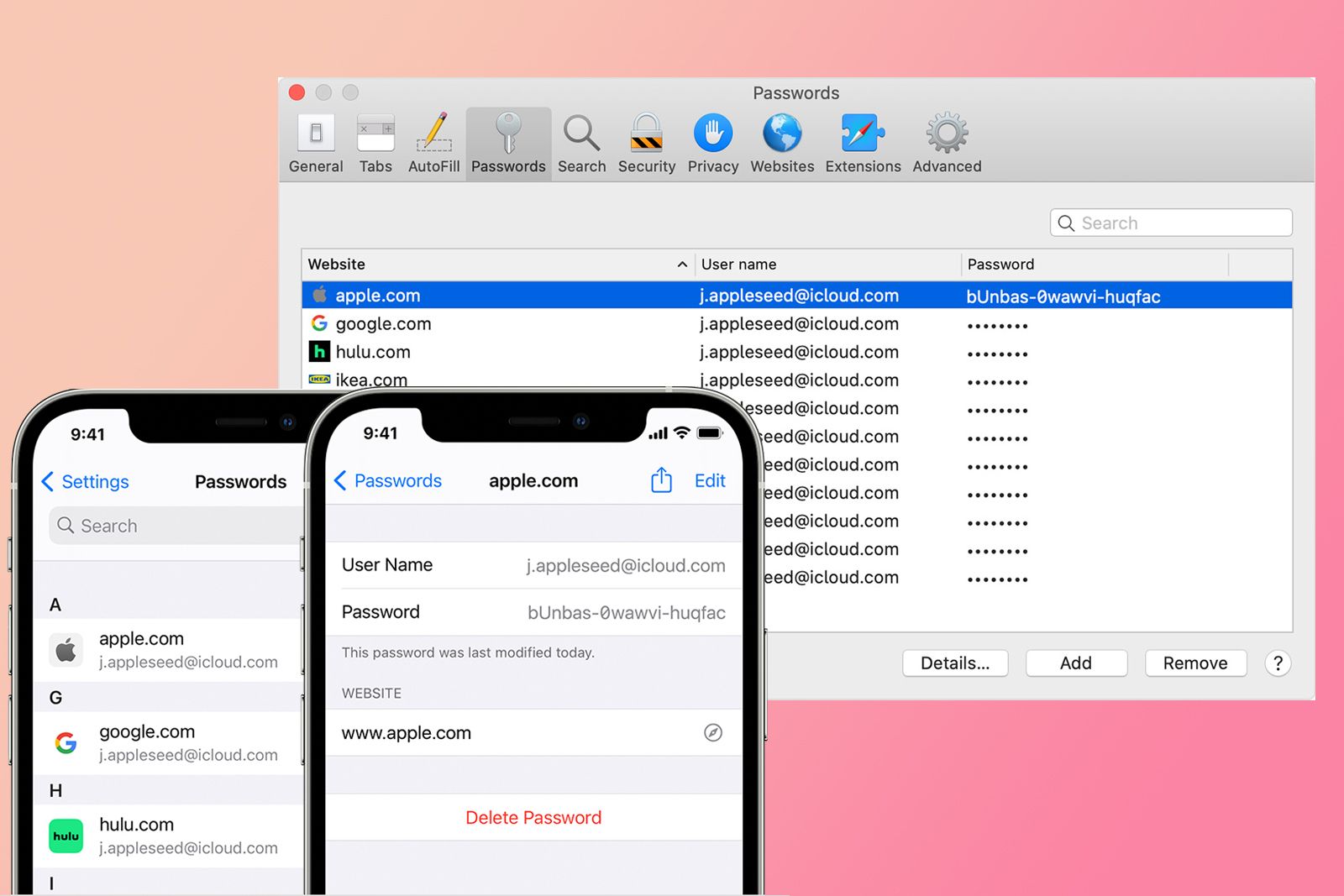I’m a serial unsubscriber — absolutely ruthless when it comes to keeping my inbox in order. If I get a new ad or newsletter on my inbox I immediately scroll to the end of it to click on the tiny “unsubscribe” link. I admit I have great pleasure doing this without even seeing the ad.
I also never ever give my personal e-mail address in account registrations. Instead, if an e-mail address is absolutely necessary, I have my own mail relay service that creates a unique address for each account registration. If you think about it, real people do not communicate through e-mail anymore, only chat nowadays. You keep your e-mail address to communicate mostly with companies only, not friends and family.
I also stopped using social login buttons (technology known as OAuth). They are pretty convenient, but also very efficient in broadcasting your e-mail address everywhere you use them.
Hidding your e-mail address (and serially unsubscribing from ads) is good not just for reducing clutter in your inbox, but also to protect it from tefth. When a service which you have an account undergoes a data leakage, only your random fake/relay/unique e-mail address used on that specific service is compromised, not your real one.
I run my own e-mail relay, but I know that Mozilla and iCloud provide this functionality as a paid service. Whom else?
And before you ask, of course I don’t have to deal with hundreds of e-mail addresses nor text files full of passwords to copy and paste. Password managers do this for me almost transparently and in a very secure way. You can see them in action when your password is automatically filled in login forms. They are part of all Apple platforms, Google Chrome, Mozilla Firefox, Microsoft Edge, Linux desktops and also — now unnecessary and obsolete — third party apps such as 1Password. I’ve used them all and Apple iCloud Keychain is the most complete, advanced, well synchronized and seamless.

Also, If you use GMail and your address is myname@gmail.com, you can create variations as myname+someword@gmail.com. This is useful but also weak, because it doesn‘t hide your real address, and sometimes problematic though, because of the ‘+’ char.
A relaying e-mail address that hides your real addess looks like “lots-of-cryptic-chars@relay.somedomain.com”.

One thought on “Handling Inbox spam”